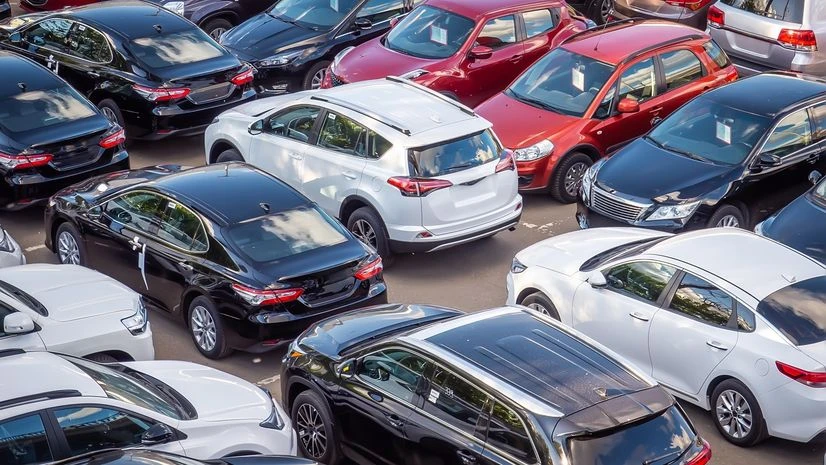Sales of passenger vehicles (PVs) in India declined 1 per cent in May over the same month last year. Market players have ascribed this to a hot summer, and the Lok Sabha elections rush and related restriction on carrying cash, resulting in an 18 per cent dip in showroom footfall.
The decline was 9.5 per cent month-on-month (M-o-M).
The number of units sold in May was 303,358. This is the second month this year that the PV segment is seeing a dip in sales year-on-year (Y-o-Y). March posted a 6 per cent decline to 322,345 owing to heavy discounting and selective financing.
A record high of 393,250 units was reached in January this year. In November 2023, 360,431 units were sold, a record then.
Sales of two-wheelers (2Ws) were up 2.5 per cent, three-wheelers (3Ws) 20 per cent, and commercial vehicles (CVs) 4 per cent in May.
In May, the Indian auto retail sector achieved a modest 2.61 per cent Y-o-Y growth rate, according to the data of the Federation of Automobile Dealers Associations (Fada).
More From This Section
“In absolute numbers, this decline is only 3,000 of the 303,358 PVs sold in May. Dealers cited the impact of elections, heat, and market liquidity as major factors,” said Manish Raj Singhania, president of Fada.
All the top four companies — Maruti Suzuki (0.6 per cent), Hyundai Motor (4 per cent), Tata Motors (2 per cent), and Mahindra and Mahindra (3 per cenT — reported a decline in sales.
)
On the other hand, Kia Motors’ sales rose 9 per cent during the month.
“Despite better supply, some pending bookings and discount schemes, the lack of new models, intense competition, and poor marketing efforts by original equipment manufacturers affected sales. Additionally, increased customer postponements and low enquiries further contributed to the challenging market conditions,” he added.
The CV segment showed a 4 per cent Y-o-Y growth rate but an 8 per cent M-o-M decline. Despite growth due to a low base last year and increased bus orders, the industry faced challenges from wholesale pressures, government policy, and weak market sentiment. Additionally, good movements in market loads, cement, iron ore, and coal contributed positively.
CV sales were seen at 83,059 units compared to 79,807 last year.
The two-wheeler segment grew 2.5 per cent Y-o-Y growth but declined 6.6 per cent M-o-M.
“Positive rural demand due to an expected good monsoon and improved finance availability were also noted, which kept the counters ticking,” Singhania added. During May, 1.53 million 2Ws were sold versus 1.49 million last year.
“The near-term outlook for automobile retail is ‘cautiously optimistic’, influenced by a mix of positive and challenging factors across various segments. The election results are expected to bring stability and improve market sentiment, while a continued government could boost infrastructure projects and economic activities. Dealers are hopeful about better supplies and positive movements in key sectors like cement, coal, and iron ore,” he said.
The India Meteorological Department has forecast above normal rains at 106 per cent of the long-period average this year, which is expected to enhance rural demand and support economic activities.
However, extreme weather, such as heatwaves and heavy rain, along with the reopening of schools in July, might delay purchase decisions, Fada indicated. However, despite these positive indicators, challenges persist, including intense competition, lack of new model launches and poor marketing by original equipment manufacturers. Liquidity and high inventories continue to strain profitability for dealerships.
“Although discount schemes and good products are there, low customer enquiries and postponements due to seasonal factors remain concerns. Uneven monsoon rain previously impacted farm sector growth and while this year’s ‘above normal’ forecast is promising, it raises the risk of possible floods in some regions,” Singhania said.

)
